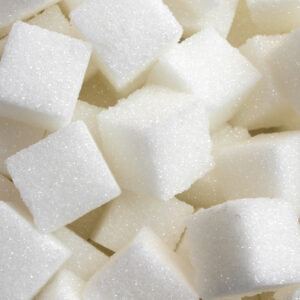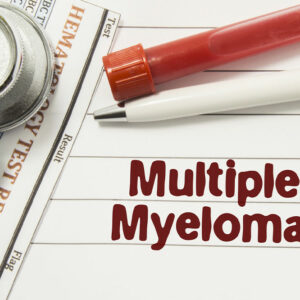
8 common signs of a weak immune system
The immune system is a natural defense mechanism of the human body that protects against harmful microorganisms such as bacteria and viruses. Although it functions well in healthy individuals, it may fail to work at times, making them more vulnerable to infections and illnesses. Additionally, an overactive immune system can result in autoimmune conditions like psoriasis and multiple sclerosis. Therefore, one must look for signs of a weak immune system to ensure necessary treatment. Common signs of a weak immune system High-stress levels According to American Psychological Association, when an individual goes through long periods of stress, it can adversely affect their immune system. This is because, as stress levels in the body increase, it leads to a simultaneous decrease in lymphocytes – white blood cells ( WBC) that aid in the fight against infections. Although this may seem harmless, this decrease in WBCs can cause one to be at an increased risk for virus or bacteria-related issues such as the common cold. Besides this, chronic stress or frequent episodes of stress can worsen autoimmune conditions like ulcerative colitis and rheumatoid arthritis. Persistent colds Most people can be affected by the common cold 2-3 times a year. In such cases, these individuals may bounce back to normalcy in a week or a maximum of 10 days.
Read More 











